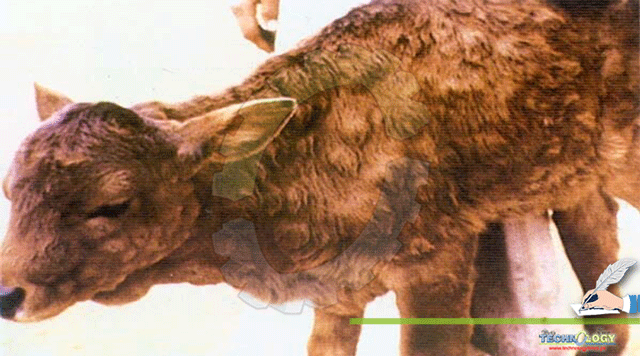Lumpy skin disease, an arthropod-borne infection is a town talk today. The concentration of infection is serious, and the movers and shakers of the livestock department are almost on alert. The Sindh CM has taken notice and instructed the authorities to provide vaccines for all cattle and has summoned a detailed report from the livestock department

By Prof Dr Abdullah G Arijo
Print and electronic media are marching in cattle colony at Karachi and Hyderabad collecting diversified news that could create fear in masses with advice not to use meat and milk products. As per media reports, most cattle and buffaloes are exotic breeds in Karachi, so they have a weak immune system while local breeds have strong immune systems. This may start an un-ending blame game, hardly helping to solve the issue.
Lumpy skin disease is not new issue when it comes to Pakistan. Khan and his co-workers published their review in June 2021 “A review: Surveillance of lumpy skin disease (LSD) a growing problem in Asia” and expresses their concern with a clear note that Pakistan may be at risk.
Their review summarizes the latest developments in the epidemiology of LSD with the focus on the transboundary spread, possible emergence, and economic implications on Pakistan
They were of the view that, the Lumpy skin disease (LSD) is a viral disease caused by lumpy skin disease virus (LSDV), a member of Capripoxvirus, genus of Poxviridae family. It is a transboundary infection of monetary significance that primarily affects water buffaloes and cattle. LSD was known to be once endemic in Saharan regions of Africa but later reported in central Asia and neighboring countries of Pakistan like, India, Iran, and China. It is a vector-borne disease and arthropods are believed to be the main perpetrators. It is discernible by its high morbidity and low mortality. Characteristic lumps on the skin and high fever are considered major signs while reduced milk production, infertility, early embryonic death, and anorexia are some of the salient clinical manifestations of the disease. Additionally, nodules on the mucosa of oro-pharynx, udder, genitalia, and rectum are usually observed on examination. This article summarizes LSD outbreaks across Asia during the last fifteen years. It is a consensus amongst the veterinary community that disease is endemic in Pakistan as it shares borders with India, Iran, and China where recent outbreaks are reported.
Historically Pakistan is free of LSD, however, it is at high risk of an LSDV outbreak as neighboring regions are becoming endemic.
Vaccination, strict quarantine measures, limited movement of livestock along vector control could be effective for preventing the spread of the disease.
Who cases Lumpy Skin Disease?
Lumpy skin disease is caused by infection of cattle or water buffalo with the poxvirus Lumpy skin disease virus. The virus is one of three closely related species within the genus capripoxvirus, the other two species being Sheeppox virus and Goatpox virus.
How is the virus transmitted?
Lumpy skin disease is primarily spread between animals by biting insects including mosquitoes and blood sucking biting flies. Besides, virus may be spread by direct contact to the skin lesions, saliva, nasal discharge, milk, or semen of infected animals.
How is lumpy skin disease treated?
Complete recovery from infection may take several months and maybe prolonged when secondary bacterial infections occur. A 6-month duration may be required if animals is severely affected.
Is Lumpy Skin Disease Fatal?
Lumpy skin disease is occasionally fatal disease of cattle characterized by nodules on the skin and other parts of the body.
Is vaccine against lumpy skin disease available?
Due to cross-protection within the Capripoxvirus genus, sheep pox virus vaccines have been widely used for cattle against lumpy skin disease virus. In the Middle East and the Horn of Africa, these vaccines have been associated with incomplete protection and adverse reactions in cattle post-vaccination. Yet, vaccination of cattle is the most effective option for controlling the spread of lumpy skin disease. This is one of the main findings of a scientific statement on the effectiveness of different options for controlling the spread of this economically damaging disease (EFSA, 2016).
Now that, the infection gets grip and is increasing at alarming rate, and import of vaccine may take time, therefore, the department of livestock may hamper at alarming rate may start insecticide spry for the control of biting flies and mosquitoes. To begin with this may be started from problem areas. Infected animals must also receive due attention, as the infection is contagious.